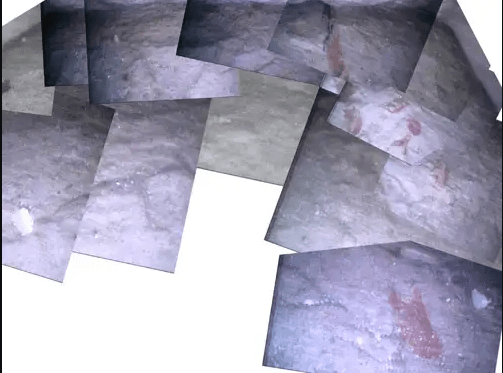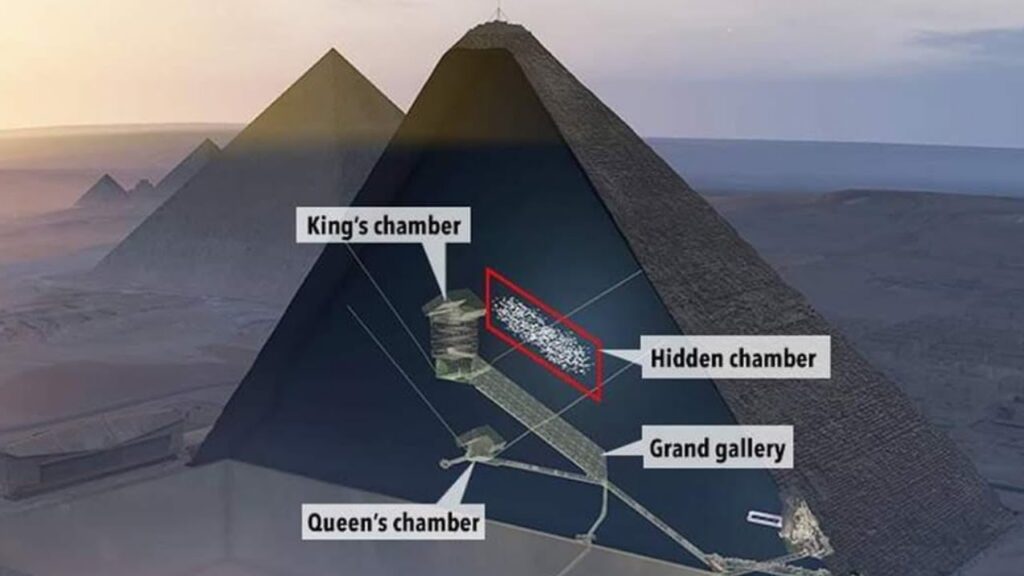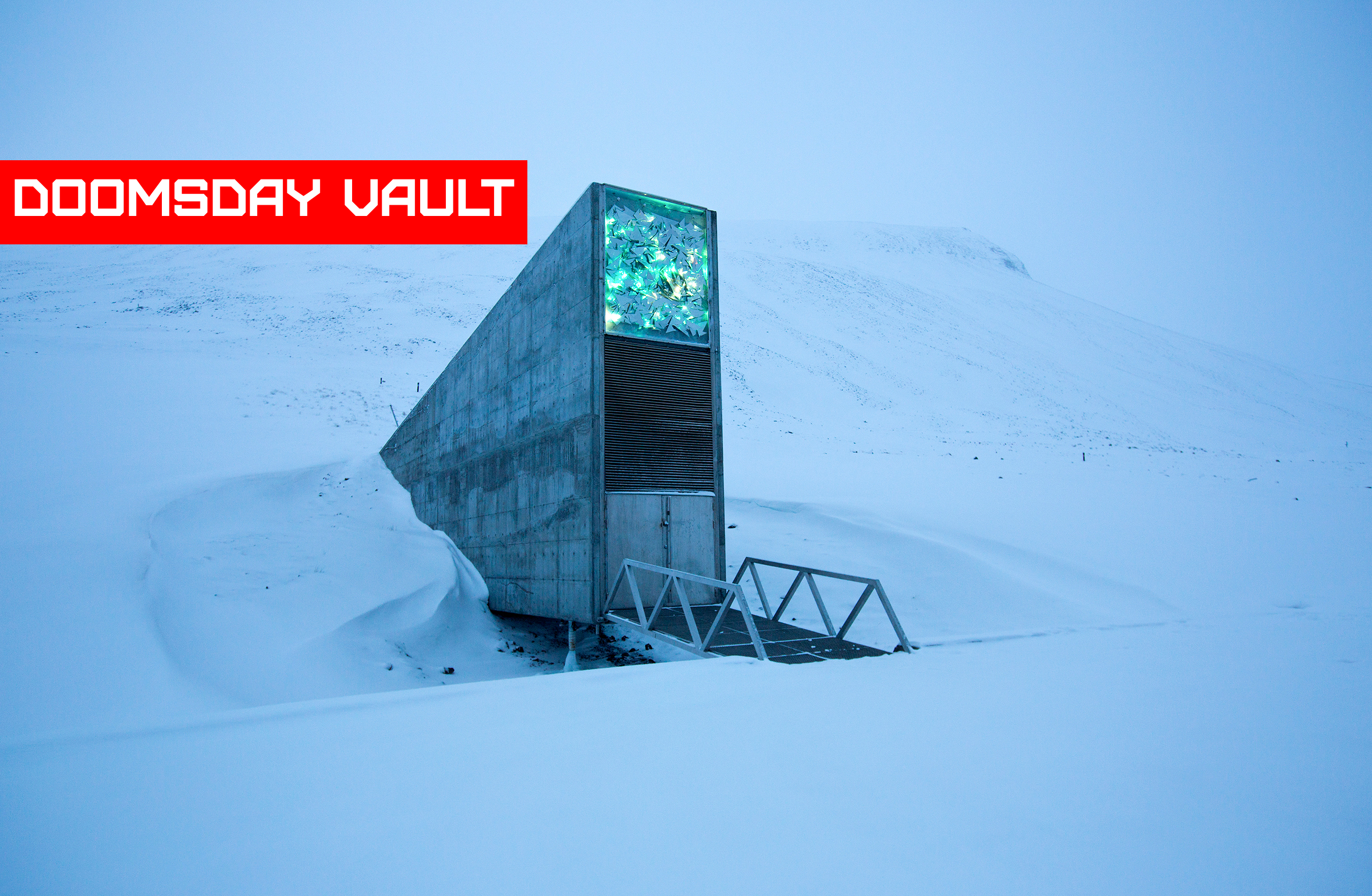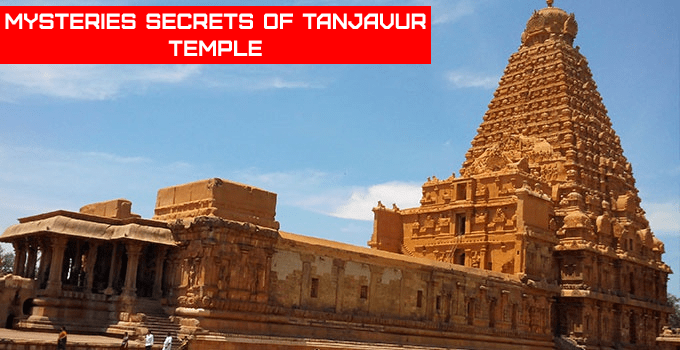JAKARTA – An archaeologist claims to have uncovered the truth behind the Egyptian Pyramids. He discovered a “flaw” in the structure.
The Egyptian scholar claims he has discovered how ancient civilizations were able to construct such intricate structures in the absence of modern technology.
Technology, on the other hand, is finally on its way to revealing some of the secrets of the dead within.
About Pyramid
The Great Pyramids of Giza are the most mysterious man-made monuments on the planet. These beautiful pyramids, believed to have been erected between 2550 and 2490 B.C., are among the largest in the world.
Despite the fact that it is well-known and a site of major archaeological value, nothing is known about what lies within these towering structures.
The largest pyramid in the Giza Pyramid Complex (also known as Giza Necropolis) stands 481 feet (147 metres) tall and took an estimated 20 to 30 years to build. It is located about 11 miles (25 kilometres) southwest of downtown Cairo, Egypt’s capital. It is taller than its neighbours, the pyramids of Menkaure and Khafre, and is known as the Pyramid of Khufu (after the Egyptian pharaoh Khufu-the second pharaoh of the fourth dynasty-who had it commissioned).
It is thought that all of the pyramids were initially encased in casing stones made of highly polished limestone, but most of the casing stones were wrenched loose and employed on other building projects over the millennia. Only the very top of Khafre’s pyramid retains some of its limestone casing.
Each pyramid in Giza was part of a temple complex that also contained a mortuary temple, a valley temple, and a series of sloping causeways that connected them. Smaller pyramids nearby were the ultimate burial places of numerous royal family members, which leads us to…
How Pyramids Built by Ancient Egyptians
Researchers from the Glen Dash Research Foundation and the Ancient Egyptian Research Association (AERA) in the United States had previously found ‘defects’ in the building’s structure.
According to one common hypothesis, the 4,500-year-old edifice, which is thought to weigh more than six million tonnes, was erected after boulders were dragged and lifted into place from a nearby quarry.
Experts discovered that the three sides of the pyramid’s base were between 230,295 and 230,373 metres, but the west side was between 230,378 and 230,436 metres, implying that it dropped around 14.1 cm.
However, the sides, as well as the cardinal points of north, south, east, and west, fit precisely together, with Egypt’s three greatest pyramids – two at Giza and one in Dahshur – perfectly aligned.
“All three pyramids show the same fault, they are rotated slightly counter-clockwise from the cardinal points,” stated archaeologist and engineer Glen Dash.
There are various theories about how ancient craftsmen did this, such as using pole stars or the Sun’s shadow – but Dash thinks he has cracked the puzzle.
His research, which was published in The Journal of Ancient Egyptian Architecture, demonstrates that the Egyptians employed the fall equinox to achieve precise alignment.
Because the Earth is tilted on its axis, the star illuminates more of the northern or southern hemispheres depending on its orbit.
The Sun does, however, evenly illuminate the northern and southern hemispheres twice a year, which is known as the equinox.
The expert also noted a comparable inaccuracy rate in the alignment of the Khufu and Khafre pyramids at Giza, as well as the Red pyramids at Dahshur.
Despite the strong reasons, there is no reliable evidence to support this claim.

Mr. Dash noted in his research, “No engineering documentation or architectural plans have been uncovered that provide a technical explanation that indicates how the ancient Egyptians aligned any of their temples or pyramids.”
Pyramid Secret Door
It has three main chambers: the Queen’s Chamber, the Grand Gallery, and the King’s Chamber, which is connected to the outer world via two air shafts. Surprisingly, two tunnels, roughly 20 centimeters by 20 centimeters in size, extend from the north and south sides of the Queen’s Chamber and terminate at stone doors before reaching the outside of the pyramid.
The purpose of these tunnels and doors is unknown, however some speculate that one or both may lead to a secret room. Egypt’s Minister of State for Antiquities Affairs, Zahi Hawass, regards the doors as the pyramid’s “final major mystery.” Several attempts have been made to use robots to investigate the tunnels.
A robot went 63 meters up the tunnel in the south wall in 1993 and discovered what looked to be a little stone door set with metal pins. Metal is not found in any other known structure in the pyramid, and the finding sparked suspicion that the pins were door handles, keys, or perhaps elements of an alien-built power source.
Then, in 2002, another robot drilled through the stone block and captured footage of a small room backed by a massive blocking stone, but not much else. Djedi, named for the wizard Khufu consulted when constructing his tomb, has crawled up the tunnel carrying a bendy “micro snake” camera that can see around corners, built by engineers Rob Richardson of the University of Leeds, UK, and colleagues.

Images returned by the camera revealed hieroglyphs inscribed in red paint and lines in the stone that could be marks left by stone masons during carving the chamber (Annales Du Service des Antiquités De L’Égypte, vol. 84, ISBN: 978-977-704-184-3).
“Egyptologists would’ve been able to figure out why these secret tunnels were built if these hieroglyphs could be read,” Richardson says.
“Red-painted numbers and graffiti are fairly common in Giza,” says Peter Der Manueline, an Egyptologist at Harvard University and the chief of the Giza Archives at the Museum of Fine Arts, Boston. “Mason or work-gang marks, dates, identifying numbers, or, in certain cases, gang names, are prevalent.”
According to camera-designer Shaun Whitehead of the exploration business Scoutek, headquartered in Melton Mowbray, UK, because the camera can see around corners, the rear of the stone door has been spotted for the first time, putting to rest the more fantastical speculations concerning the metal pins.
“Also, the back of the ‘door’ is polished, so it must have been important,” says Whitehead, who collaborated with Dassault Systems in Vélizy-Villacoublay, France. It doesn’t appear to be a rough chunk of stone used to keep rubbish out of the shaft.”
The little tunnels, according to Kate Spence, an Egyptologist at the University of Cambridge who was not involved in the study, are almost certainly symbolic because they serve no practical purpose. “I firmly presume their role is symbolic and linked to the stars rather than the sun,” she adds, “since the metal pins, such as symbolic door handles and shafts from the Queen’s Chamber, are orientated north-south rather than east-west.”
While the King’s Chamber originally housed Khufu’s sarcophagus and presumably his tomb, the Queen’s Chamber most likely did not: Khufu’s wives were interred in three smaller pyramids of their own.
Spence speculates that the Queen’s Chamber may have housed a “ka” statue of the pharaoh. According to this account, the shafts were erected to allow Khufu’s ka, or spirit, to cross to the afterlife.
Spence believes the second “door” at the rear of the chamber, which is rough and unfinished, is merely the terminus of the shaft.”It’s most probably a backing stone – there won’t be another chamber behind this one, it makes no logical sense,” she explains.
According to Hawass, the Djedi project’s director, no other pyramid is known to have a tunnel and doorway like this, implying a concealed room.










